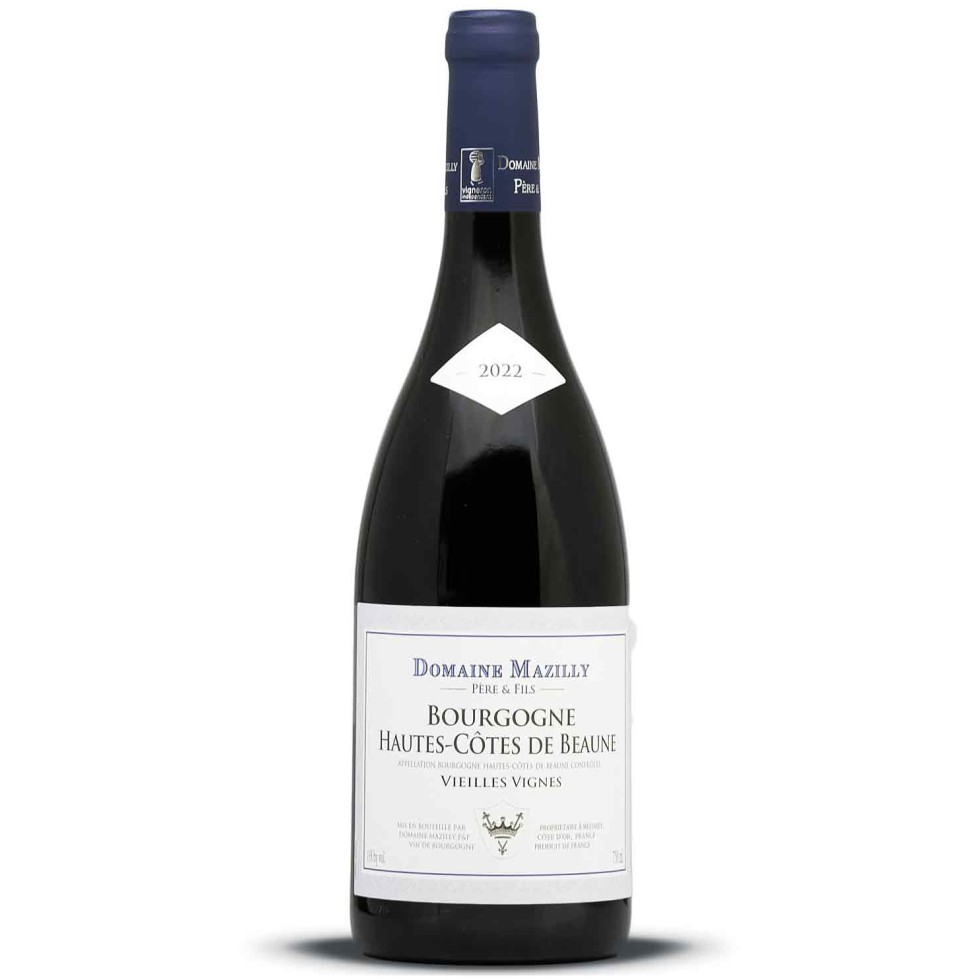appellation
Bourgogne Hautes Côtes de Beaune
Wine Characteristics
Reds (Pinot Noir): its crimson colour flecked with purple recalls a peony or certain deeply-coloured roses. The fruit-laden nose evokes at first Morello cherry and strawberry then develops towards blackcurrant, liquorice and often a touch of spice. The wines of the Hautes Côtes de Beaune are charming in their straight forward spontaneity. Sometimes a little stiff when young, they acquire harmony and balance after some years’ aging. A small amount of Bourgogne Hautes Côtes de Beaune rosé (also known as Bourgogne Clairet) is produced from Pinot Noir grapes.
Whites (Chardonnay, in rare cases Pinot Blanc or Pinot Gris): these wines are a pale straw colour with pale gold highlights. They boast aromas of white flowers mixed with honey, and recall gingerbread. In the mouth they are as elegant as they are enjoyable and retain the freshness of the grape without excessive sweetness.
Wine Steward’s Tip
Red: classically Burgundian, it is perfect with well-balanced cooking that is neither too spicy nor too heavy. Match it with meats such as filet of veal with mild curry, or, more traditionally, with salted pork. Its spontaneity and enticing harmony chime with plain dishes like a filet mignon of pork, veal, or a leg of lamb with side vegetables or cheese topped side dishes. Its pleasing tannins make a wonderful match for Burgundian meat pies (tourtes bourguignonnes). Mild cheeses: fresh Époisses,Brillat-Savarin, Cîteaux, fresh Soumaintrain.
Serving temperature: 14 to 16°C.
White: its youth and vivacity go well with snails. It will enhance simple foods such as delicate fish dishes or stir-fries. When a little older, its increased roundness and density will bring out the best from richer dishes such as fish in sauce or crustaceans. Cheeses: Bleu de Bresse, goat cheeses, and cheeses of the Gruyère family.
Serving temperature: 10 to 13°C.
Situation
“No view, no landscape, however varied, picturesque or grandiose can make me forget my little valley in Bourgogne”. So wrote Alexandre Dumas of a valley in the Hautes Côtes de Beaune. The Hautes Côtes overlooks the Côte de Beaune from the west, lying between Maranges and Ladoix-Serrigny. The interior is a succession of hills and valleys. The vines cover the sunny slopes at the foot of a limestone cliff. The villages clinging to the hillsides are composed of white stone buildings lining narrow streets. Round every bend, behind each little hill, is a gleaming new landscape which lifts the heart with its charm. Nature welcomes the rambler, and the chance to sample the wines in the local tasting cellars is an added pleasure. There is also a profusion of places to stay where the visitor can learn something of the houses and inhabitants of this enchanting countryside.
Terroirs
At between 280 and 450 metres above sea-level, the vineyards occupy the best-exposed sides of valleys which run east-west at right angles to the axis of the Côte. The subsoil is dominated, especially in the south, by beds of marl. The slopes are steep in some places and frequently covered with limestone scree brought down from overhanging Bajocian formations higher up.
Source : https://www.bourgogne-wines.com




